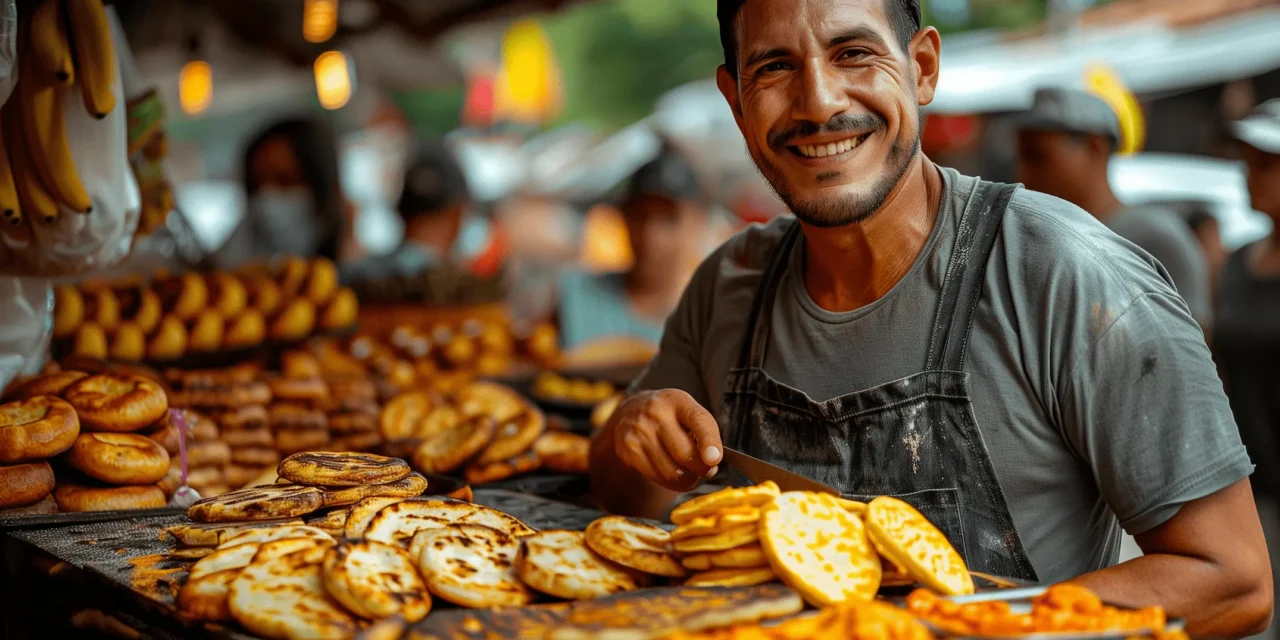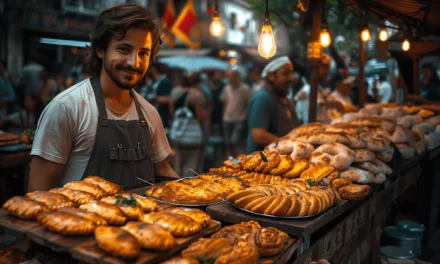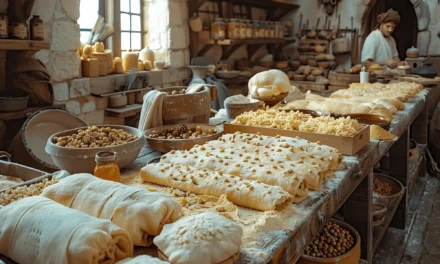Arepas are a delicious flatbread made from cornmeal and cooked on a grill or griddle. They’re common in Bolivia, Colombia, Cuba, and Venezuela; however, they’re more common and popular in Colombia and Venezuela. It is typically fried or grilled and then stuffed with various fillings, such as cheese, meats, vegetables, or even just butter. Arepas are versatile food and can be eaten for breakfast, lunch, or dinner.
The disputed history of arepas: Who can lay claim to this delicious dish?
Some researchers believe that the term arepas might have come from the native people of Colombia and Venezuela. They used the term to describe recipes that were made with cornmeal dough or flatbread. The Spanish settlers adopted this term when they arrived in the area.
The cumanagotos tribes who lived in today’s Sucre state called “erepa” to the flatbread made with cornmeal that they consumed. This bread was a staple in their diet and was very filling. The flatbread was created by taking cornmeal and water and mixing it together to form a dough. This dough was then flattened and cooked on a hot surface.
In today’s Venezuelan territory, the chronicles and narratives from Spanish conquerors and settlers describe arepas for the first time. However, Colombians and other countries in the region claim the authorship of this fantastic food. This is a debate between both countries that is sure to go on for many years.
It’s tough to say where arepas come from because different cultures in Colombia and Venezuela shared recipes. It’s kind of like trying to figure out where the pita bread recipe originated. There were no borders back then, so people just traded recipes and ingredients freely. Our current borders don’t really describe the social and commercial relationship among cultures and tribes in this territory.
It’s important to know that for most ancient cultures in the Americas, corn was one of the most important elements for their diets. Just like how pasta is a big part of an Italian diet or how rice is a big part of a Japanese diet, corn was a big part of the diet for ancient cultures in the Americas. That is the reason why it is very common to find recipes with corn in different countries of the region.
Competitions like these are more like a fun way to show off your arepa-making skills and to see how your arepas stack up against other people’s. It’s not really about finding the one “right” recipe because when it comes to arepas, there are a ton of different delicious ways to make them. So whether you’re making arepas the “traditional” way or putting your own unique spin on them, as long as they taste good, you’re doing it right!
Making arepas: A guide to the delicious Latin American staple
Making arepas is quite simple, though it requires a bit of time and patience. First, you need to soak the kernels of maize in water overnight. This will help soften the tough outer husks so they can be removed more easily. After the kernels have been soaked, you will need to dry them off before grinding them into fine flour.
Once the flour has been prepared, you can mix it with water to create balls of dough. These dough balls can then be flattened into disk shapes before being placed on a “budare.” This hot clay surface will cook the arepas on both sides, leaving the inside soft and moist.
The budare (or aripo in eastern Venezuela) is a circular iron grill or clay plate, used to bake or toast foods like arepas, cachapas, cazabe, mañoco, or grains like coffee. It comes from Venezuela. Budares are the perfect way to cook arepas, cachapas, cazabe, mañoco, or any other of your favorite Venezuelan dishes. José De Acosta, a Jesuit explorer and naturalist of the 16th century, wrote that the budare was like a sacrificial stone for the rite of the first bread.
The many different flavors of arepas
The Colombian anthropologist Julián Estrada has identified 42 different recipes for arepas, while chef Carlos Gaviria has explained 60 recipes for arepas with their techniques in his book “Arepas Colombianas.” Meanwhile, the Venezuelan anthropologist Ocarina Castillo has identified around 20 different recipes for an arepa.
They’re a delicious corn-based flatbread that’s popular in many South American countries. But due to the current economic crisis in Venezuela, many traditional recipes for arepas have disappeared or been modified. That’s why Venezuela was the international reference for arepas during the 20th century, and today, Colombia is the main international reference for arepas.




